The DIA’s Grand Bargain
Bankruptcy tensions and awaiting the “grand bargain” affected DIA volunteers, employees.
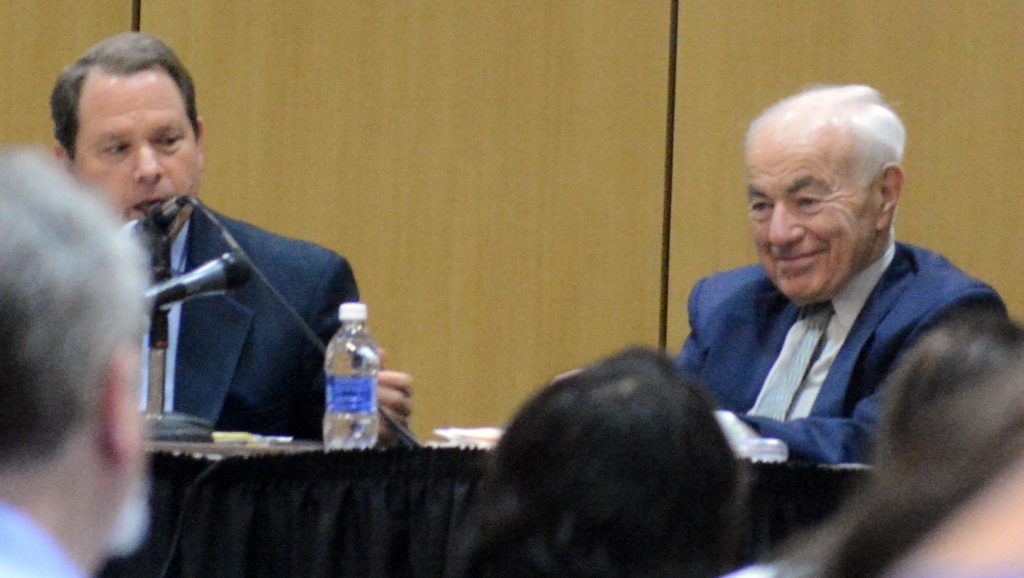
By Barbara Lewis
Detroit Jewish News Contributing Writer
It started with a doodle on the back of a legal pad.
Chief Judge Gerald Rosen of the U.S. District Court for Eastern Michigan had been appointed the chief federal mediator to oversee Detroit’s bankruptcy proceedings. Soon after Detroit declared bankruptcy on July 18, 2013, the city’s then-emergency manager, Kevyn Orr, announced that the city-owned collection at the Detroit Institute of Arts would be considered a city asset that could be sold to settle the city’s debts.
Civic outrage was fast and furious as local residents worried that one of the city’s jewels might be tarnished or lost.
Later that summer, while meeting with some of the museum’s trustees, Rosen wrote the word “art” with a box around it on the back of his legal pad. Then he drew an arrow from the box to the word “pensions.” Eventually his scribbling resulted in an unprecedented arrangement that brought state, private and foundation money to pension funds in exchange for protecting the artwork from sale.
Rosen’s idea became known as the “grand bargain,” a plan that not only protected the DIA and its collection, but also reduced cuts to city pensions.
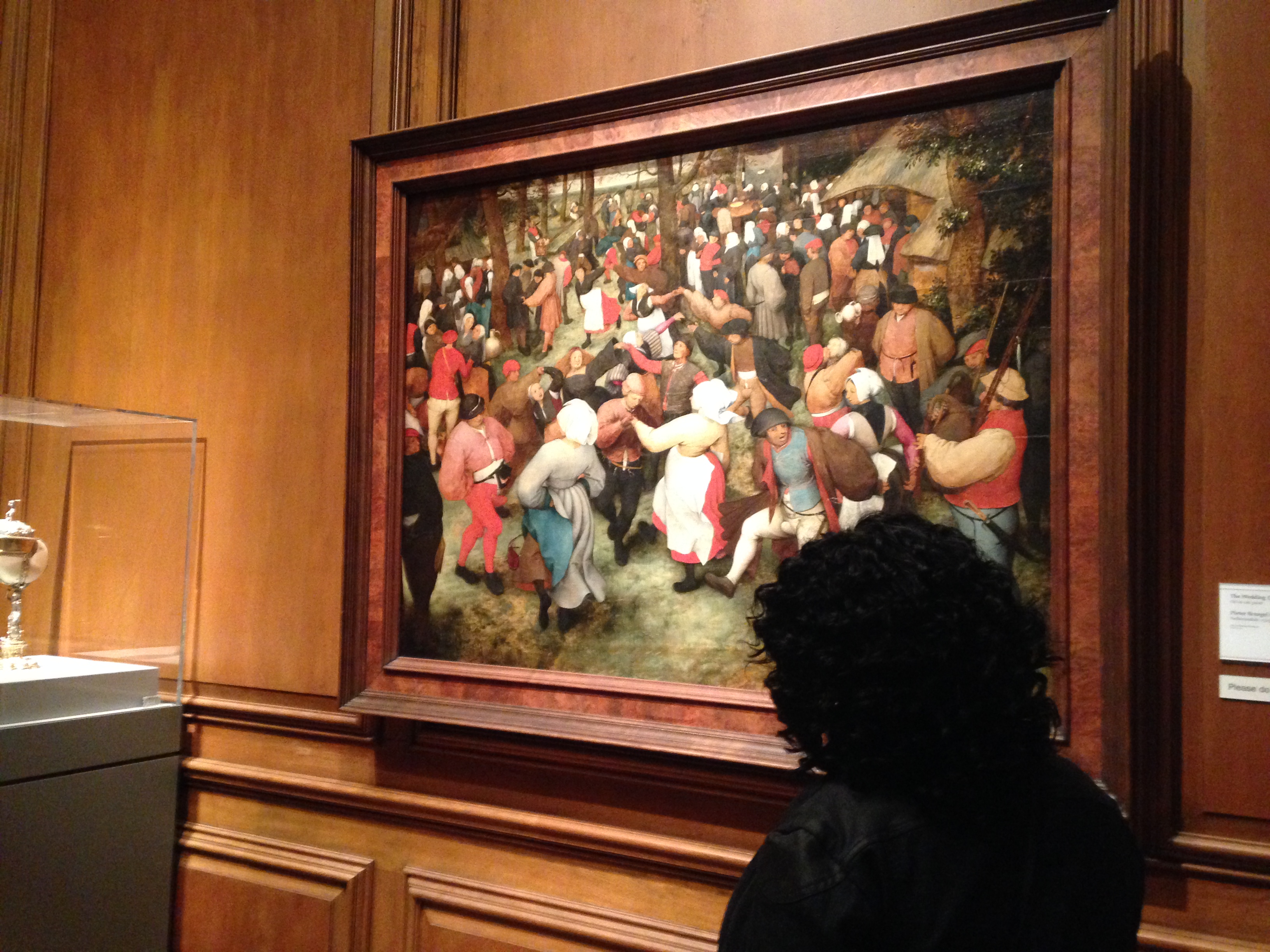
Under the grand bargain, a consortium of foundations, corporations, unions and the state of Michigan provided funds to Detroit’s two pension systems and ownership of DIA pieces transferred to the Founders Society, the nonprofit that was already operating the museum. The DIA, in turn, pledged to raise $100 million to safeguard the pensions.
Michigan Gov. Rick Snyder described Rosen’s proposal as “a turning point” in the bankruptcy proceedings.
The Grand Bargain was sealed on Dec. 10, 2014 when Detroit officially emerged from bankruptcy
The Detroit Jewish News and its Detroit Journalism Cooperative partners recently talked with a number of people involved with the DIA to see how they felt when the museum was threatened and how they feel now, a year later.
The Mediators: Gerald Rosen and Eugene Driker
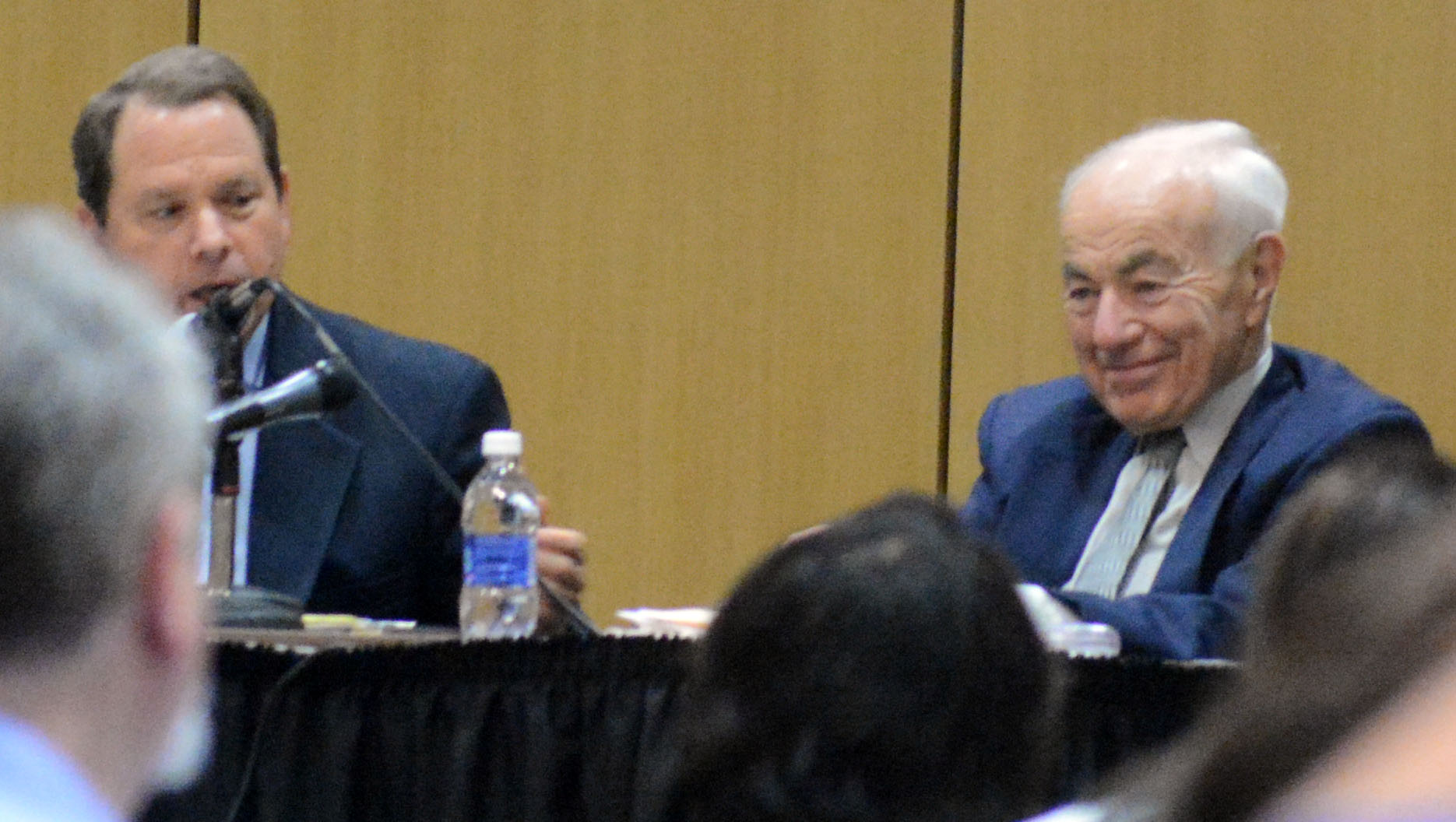
Rosen has described the Detroit bankruptcy mediation as the most challenging and personally gratifying mediation of the many he’s done. Part of what confronted him as he prepared to lead the city’s negotiations with creditors was how little the city had to offer.
Still, the mediation was a major factor that helped all sides to agree and find a way out of bankruptcy.
Rosen asked Eugene Driker, a founding partner of the Detroit law firm Barris, Sott, Denn & Driker, to join him and five other judges on the mediation team.
“I called him and told him, ‘I have an offer you can’t refuse,’” Rosen told Crain’s Detroit Business, adding that Driker was “an all-star” on the mediation team.
Driker, 79, and his wife, Elaine, have been members of the DIA for more than 50 years, and Elaine served on the museum’s board for 12 years. They are also active with the local Jewish community.
Driker worked on the issue of the city pensions, trying to figure out a way to satisfy Emergency Manager Orr, who wanted the pensions cut to pay off creditors, while at the same time preventing disaster for Detroit retirees, many of whom needed their monthly checks to survive.
“The city had no assets that could be converted into cash except for the art at the DIA,” Driker said. “The mediators were interested in finding the cash, but we were also interested in the future of the city. We knew that after emerging from bankruptcy the city would have to be viable, and we felt that selling the art would be a death blow.”
Soon after conceiving of the grand bargain idea, Rosen reached out to the leaders of major charitable foundations for support. On Nov. 5, 2013, the mediators met with representatives from many of the country’s major foundations, including the Kresge Foundation, the W.K. Kellogg Foundation, the John S. and James L. Knight Foundation and the William Davidson Foundation. They created a new “supporting organization” called the Foundation for Detroit’s Future to serve as the mechanism for converting the funds.
The Ford Foundation set the bar by pledging $125 million to the grand bargain, Driker said, leading the way to a total of $366 million from the foundations.
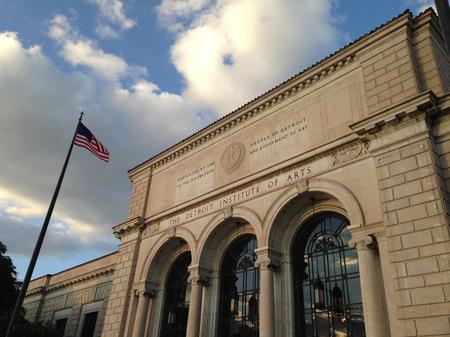
But the foundations demanded that the State of Michigan contribute funds as well, so Driker and Rosen started lobbying the governor and legislators. It was an election year, so that wasn’t easy.
The state agreed to support the grand bargain — but only if the DIA raised $100 million from its friends and supporters. When the DIA sought the funds, the donors “stepped to the plate,” Driker said.
The judge’s original doodle has been given to the DIA, but public relations director Pamela Marcil says the museum has no plans to publicly exhibit it.
On Nov.19, Gerald Rosen and now-retired Bankruptcy Judge Steven Rhodes, who oversaw the bankruptcy case in federal court, received the Dennis W. Archer Public Service Award from the Detroit Metropolitan Bar Association Foundation. The awards program was held at the DIA.
The Employee: Barbara Heller
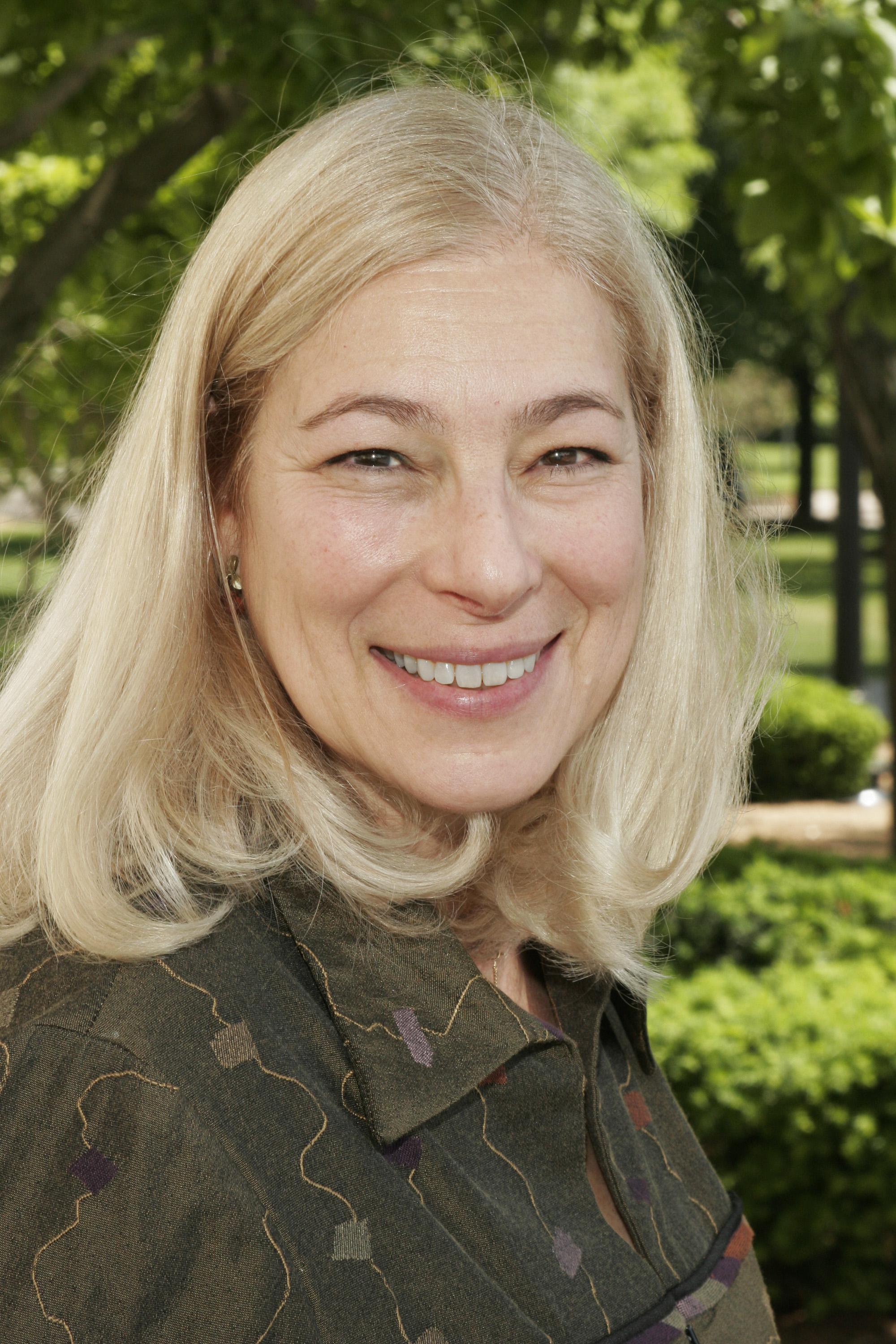
Barbara Heller, of Birmingham, has worked at the Detroit Institute of Arts as a conservator for more than 30 years. Now she is director and conservator of special projects.
During Detroit’s bankruptcy proceedings, Heller worked with the attorneys to provide details about the items in the museum’s collection. Determining the worth of the collection was extremely complicated, she said.
Many of the objects in the museum’s collection have never been adequately valued, she said. The DIA generally only declares a value for a piece of art only when it is lent out, and that is done for insurance purposes. Many objects were acquired through bequests and donations from private donors. The donor declares the value of the piece, but rarely does the museum do an independent valuation, and the object’s value often changes in the years following its acquisition.
Often the actual ownership of pieces is difficult to determine, Heller said. “Some purchases in the 1920s and 1930s were made with city funds, but those account for a very small portion of the collection,” she said.
Many of the people connected with the museum felt the collection was a public trust, not a City of Detroit asset that could be sold, said Heller, a member of Congregation Shaarey Zedek in Southfield.
She said in her heart of hearts she never believed the collection would be sold. “I had confidence in the saying engraved on the Woodward Avenue entrance to the museum: ‘Dedicated by the people of Detroit to the knowledge and enjoyment of art,’” she said. “It says by the people, not for the people.”
The DIA’s attorneys were preparing to go to court to make the case that the museum was a public trust when the Grand Bargain was proposed. Heller was relieved.
She said she’s noticed a change in attitude among museum visitors since the tri-county millage was approved in 2012, especially those from the suburbs. That measure raises about $22 million of the museum’s $32 million annual operating budget.
Residents of the entire area now see the DIA as their museum, she said, rather than as something connected only to the City of Detroit, and they treasure it.
The Docents: Carolyn Silverstein and Marge Fein

Carolyn Silverstein, of Franklin, and Marjorie Fein, of Grosse Pointe Park, both started working as interpretive program volunteers at the Detroit Institute of Arts in 2007 after retiring. Silverstein worked for the Social Security Administration, and Fein taught French and Spanish at University Liggett School in Grosse Pointe Woods.
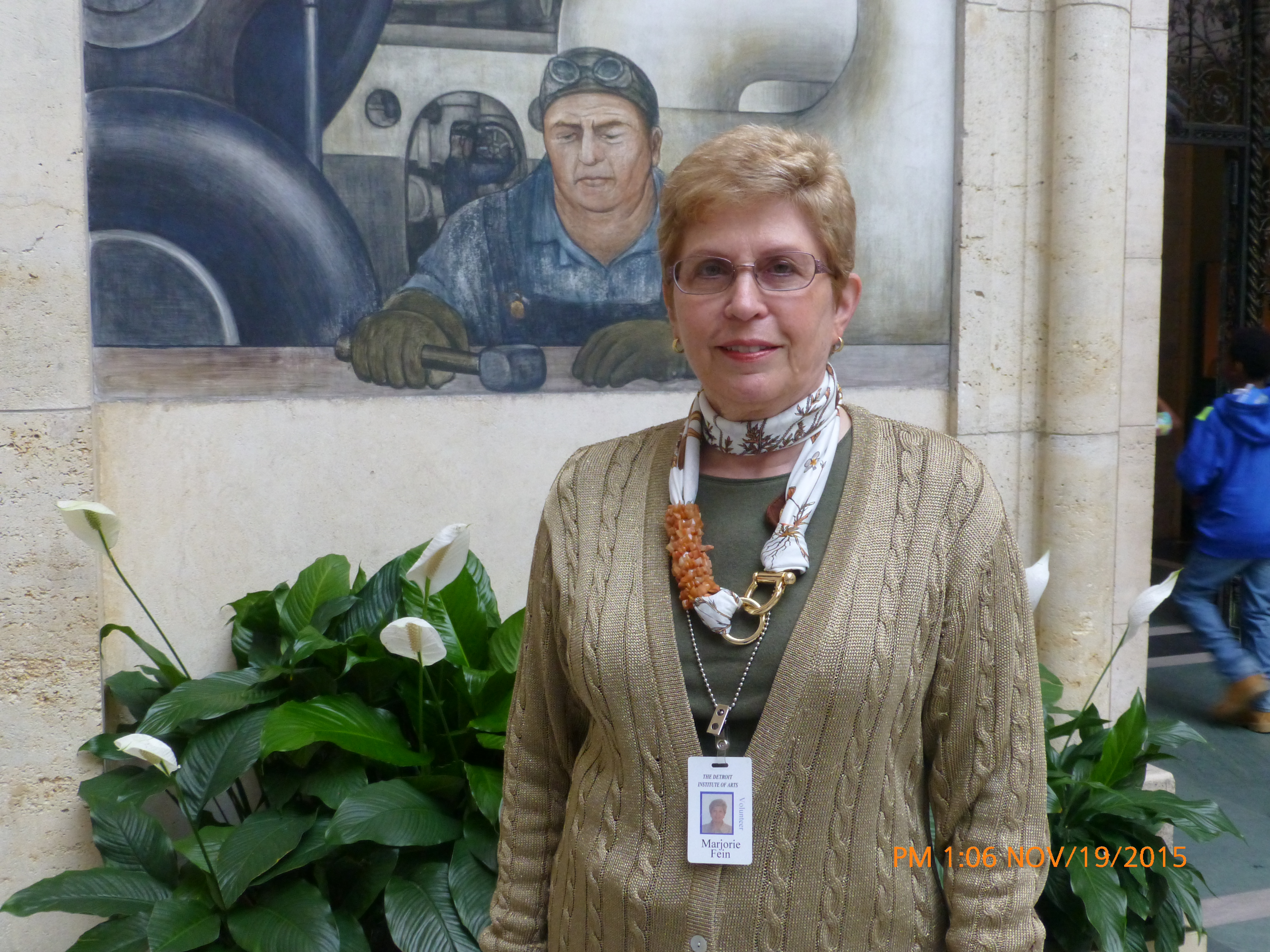
Interpretive program volunteers (generally known as docents) serve as tour guides, provide information for visitors about the art in various galleries and speak to groups about the museum.
Fein, a member of the interpretive program volunteers board, said she was “scared, worried and angry” at the thought that the collection might be sold to relieve Detroit’s debts.
“No one likes to think of art as something that should be sold to pay bills,” she said. “When I look at works of art, I don’t see dollar signs. I see the incredible talent of the artist,” she said. “Some of these paintings were made 500 or 700 years ago, and I’m looking at the actual brushstrokes the actual artist put on the canvas.” She said thinking about the threat to the DIA’s collection still makes her a little teary.
As a federal retiree, Silverstein sympathized with those trying to help the pensioners. But she also saw the DIA as an important asset to the region.
“The DIA not only has an encyclopedic collection of art objects from many cultures and ages, but is also in the forefront of art museums in its outreach and interpretive programs,” said Silverstein, a member of Temple Emanu-El in Oak Park.
The DIA, she said, “is a place where art, history and culture can be experienced in a way that book learning can never achieve.
“I studied art history in graduate school, but never really appreciated how many connections could be made between the art of different cultures and ages until I became a docent at the DIA.”
Silverstein said she thought the Grand Bargain was a “stroke of genius.”
“Everyone associated with the DIA, including me, breathed a huge sigh of relief,” she said.
Fein, a member of the Grosse Pointe Jewish Council, agreed. “Everyone feels so much better. I don’t feel the same kind of threat.”
The Volunteers: Julie Rothstein and Ben Shipper

Julie Rothstein, 50, of West Bloomfield, remembers visiting the Detroit Institute of Arts as a child, trailing her mother, Roberta Stulberg, who worked as a docent for about 20 years. Rothstein herself was a docent for nine years. She worked with school groups, helping the students to develop critical thinking skills about the artworks they saw.
In 2010, Rothstein was asked to join the board of the Friends of Prints, Drawings and Photographs (FPDP), one of 12 DIA auxiliaries. She is just finishing a two-year stint as the group’s president.
Ben Shipper, 28, of Huntington Woods, came to the DIA more recently. While attending law school at Loyola University in Chicago, he volunteered for Lawyers for the Creative Arts, which provides free legal services for struggling artists.
Back in Detroit to take a job with Deborah Gordon Law, he wanted to continue his involvement with the arts. Early last year, he signed on as a DIA volunteer. He’s part of the Gallery Service, helping visitors find their way around.
Rothstein, a member of Temple Israel, said she did a lot of traveling as a young woman and saw how important museums are to their communities.
“I realized how special the DIA is and how lucky we are to have this wonderful museum in our own backyard.
“As a docent, I worked with hundreds and hundreds of children and saw the impact their first visit to the museum had on them. It was devastating to think that this might not exist anymore,” she said.
Shipper said the atmosphere in the museum was tense during the bankruptcy proceedings because no one knew what would happen. Visitors would make cracks about wanting to see a particular painting before it was sold. “There was a feeling of ‘You don’t know what you’ve got till it’s gone,’” he said.
As an attorney, he didn’t really expect a judge to order the sale of the collection. “It would be like Greece selling the Parthenon to pay its debts,” he said. “It just isn’t going to happen.”
Rothstein felt the grand bargain was a brilliant solution. “I’m very happy that we could protect the DIA and raise $100 million for the Detroit pensioners,” she said.
She and Shipper both sense renewed energy at the museum.
“There’s a wedding there almost every week, and lots of special events,” said Shipper, who likes to sit in the museum’s Kresge Court with a book when he’s not at his volunteer post. “It’s not just a bunch of rooms with art; it’s becoming more of a cultural community center.”

